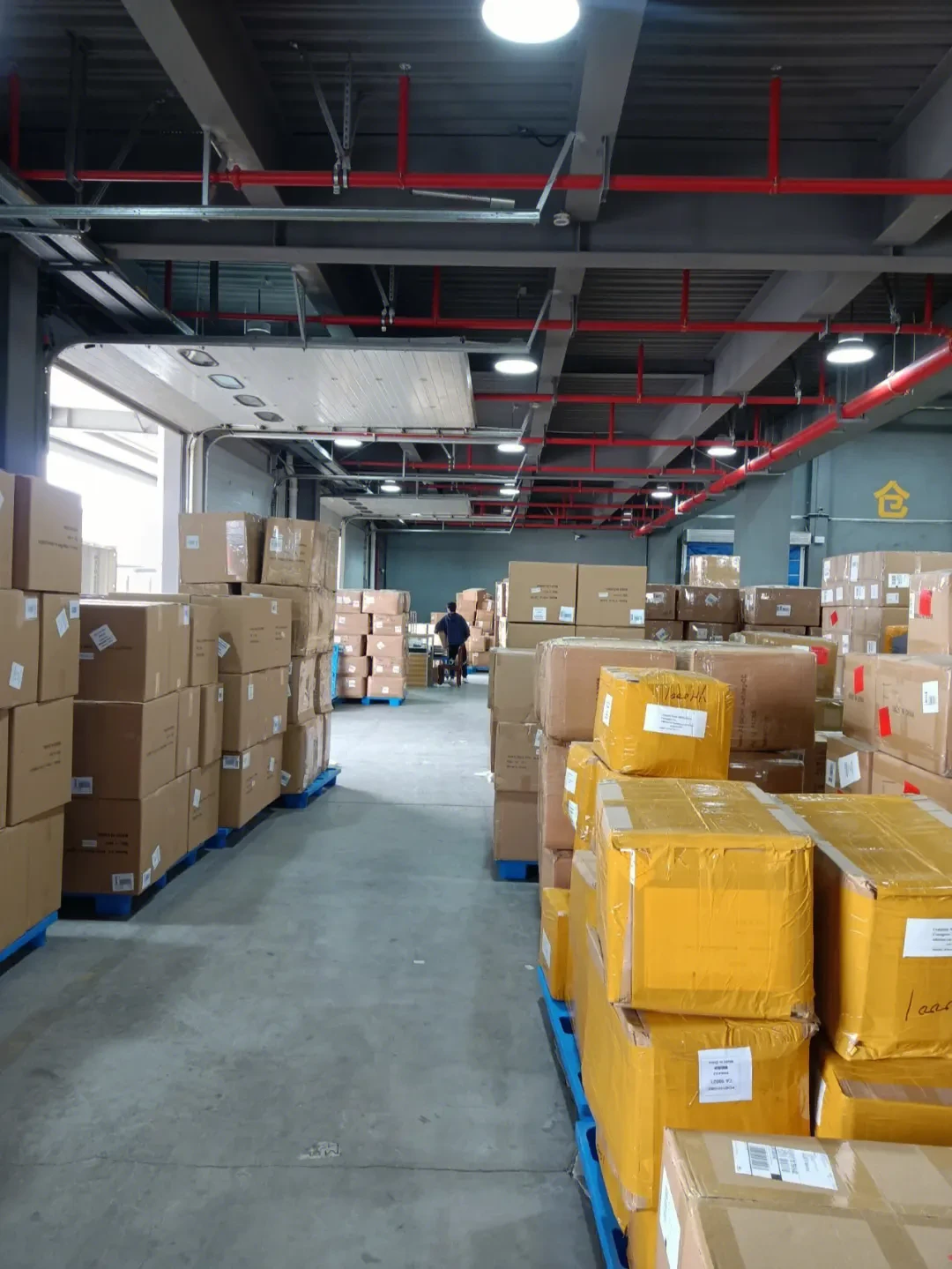The Chemicals Used in Water Treatment Ensuring Safe and Clean Water
Water treatment is a crucial process that ensures the water we consume is clean, safe, and suitable for various uses, including drinking, irrigation, and industrial applications. To achieve this, a variety of chemicals are employed at different stages of treatment to remove impurities, disinfect, and enhance water quality. This article explores the primary chemicals used in water treatment, their roles, and the importance of maintaining safe water supplies.
Coagulants
Coagulation is one of the initial steps in water treatment, wherein coagulants are added to destabilize and clump together suspended particles. Common coagulants include aluminum sulfate (alum), ferric chloride, and polyaluminum chloride. These chemicals neutralize the charges of the particles in the water, allowing them to clump together and form larger aggregates called flocs. This process makes it easier to remove impurities through sedimentation or filtration.
Alum is the most widely used coagulant due to its effectiveness and cost efficiency. It works by forming flocs that can trap particles, including bacteria and organic matter, thus significantly improving water clarity and quality.
Disinfectants
After coagulation and sedimentation, the next critical step is disinfection, which aims to eliminate pathogens that can cause waterborne diseases. Various disinfectants are used, including chlorine, chloramines, ozone, and ultraviolet (UV) light.
Chlorine is the most common disinfectant due to its effectiveness against a broad spectrum of microorganisms. It is added to water in various forms, such as chlorine gas or sodium hypochlorite. However, the use of chlorine can lead to the formation of chlorinated byproducts, which can be harmful to human health, prompting water treatment facilities to explore alternatives like chloramines and ozone.
Chloramines, formed by combining chlorine with ammonia, provide a longer-lasting disinfection effect in water distribution systems. Ozone, another powerful disinfectant, is generated on-site and is effective in killing bacteria and viruses without leaving harmful byproducts. UV light treatment is also growing in popularity, as it effectively inactivates microorganisms without the addition of chemicals.
what are the chemical used in water treatment

pH Adjusters
The pH level of water is critical for both the effectiveness of treatment processes and the safety of water for consumption. Chemicals such as lime (calcium hydroxide), sodium hydroxide, and sulfuric acid are used to adjust the pH of water. Maintaining an appropriate pH ensures optimal coagulation, disinfection, and corrosion control.
For instance, lowering the pH can help enhance the coagulation process, making it easier to remove impurities. Conversely, increasing the pH can reduce the risk of corrosion in pipes and storage tanks, which is essential for protecting water infrastructure and ensuring water quality.
Corrosion Inhibitors
Corrosion of pipes and distribution systems is a significant concern for water treatment plants. Chemicals like phosphates and silicates are commonly used as corrosion inhibitors. By forming protective layers on the surfaces of pipes, these inhibitors help prevent the leaching of harmful metals, such as lead and copper, into the water supply.
Flocculants
Following coagulation, flocculants may be added to promote the aggregation of flocs into larger clusters, facilitating their removal during sedimentation. Synthetic organic polymers are often used as flocculants due to their effectiveness at low dosages and ability to work in a wide range of water conditions.
Conclusion
The use of chemicals in water treatment is essential for providing safe and clean drinking water. From coagulants and disinfectants to pH adjusters and corrosion inhibitors, each chemical plays a crucial role in ensuring that water is purified and meets safety standards. The careful selection and management of these chemicals are vital for protecting public health and maintaining the integrity of our water systems. As water treatment technologies evolve, ongoing research and innovation will continue to enhance the efficiency and effectiveness of water treatment processes, ensuring access to clean water for all.

